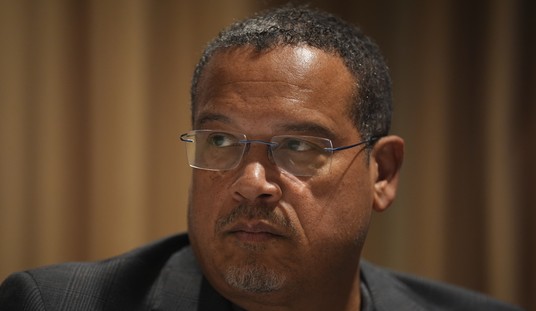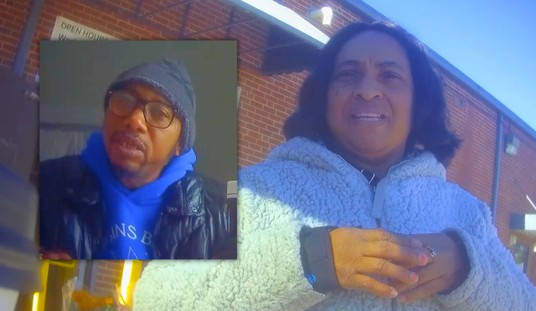To get the usual disclaimer out of the way, the following entry is a review of the 2013 film, The Hobbit: Desolation of Smaug, and will contain significant spoilers. If you have not seen the film and do not wish to have information about the plot revealed in advance, stop reading now.
Peter Jackson’s second entry in his trilogy (!) of films somewhat loosely based on Tolkien’s classic short story has been in theaters for a couple of weeks, and yesterday I took a seat in a still packed venue to take in the spectacle. (You can read my review of the original film here as well as Ed’s somewhat differing opinion.) Viewers will be in for some very similar themes when watching this film, as well as a few changes.
To start with, I will give Jackson credit for his usual level of excellence in film production in this genre. Whether you’re talking about the live action film work, the extensive CGI, the costumes, the music, the background scenery and footage or the other elements which go into a big budget, massive, action packed flick, he does not disappoint. The movie is right up there with his previous work and will doubtless attract attention in the technical categories for various awards shows. I will also say that this movie tells a darned fine story, assuming you go into it realizing that it’s the middle section of a three part tale. It all depends on how strongly you feel the movie should stick to the original plot, and therein lies the problem.
During my review of the first film I expressed reservations (to put it kindly) about a few areas where Jackson had embellished the first third of The Hobbit, drawing on supplemental materials and taking liberties with a number of the key events in the story. In The Desolation of Smaug, the director makes the first film look like a line for line recitation of the book, dashing off into unexplored territory, significantly rewriting major portions of the story and inserting new bits which are summoned from whole cloth out of the ether.
One major theme which has become obvious is that Peter Jackson was somewhat disappointed that The Hobbit was not originally written as much of a precursor to the plot of Lord of the Rings. In reality, the two stories were only superficially connected until Tolkien released additional materials, such as those found in The Silmarillion. Bilbo appears in the trilogy, but only as a mostly retired character. Gandalf is the only truly main, critical character common to both. The Ring of Power is the connecting object, but in The Hobbit, it’s more of a parlor trick toy, allowing Bilbo to become invisible while carrying out his various burglar activities. In this film, Jackson takes a frequently overblown, ham-fisted approach to forcing the story as a foreshadowing of The Lord of the Rings, going to great lengths to show Bilbo’s growing addiction to the bauble. He comes close to confessing that he has it to Gandalf, saying he “found something” in the Goblin caves, whereupon the wizard becomes immediately dramatic and suspicious, asking what he found until the hobbit ducks out with an answer about finding “his courage.” Even Smaug gets in on the act, asking Bilbo about something he brought with him which is “gold and…. precious“.
Other disconnects abound, with Legolas playing a leading role, though he never appeared in the book. He is joined by an entirely new, never before heard of female, elven warrior played by Evangeline Lilly. (She plays one heck of an elven warrior… don’t get me wrong. And I loved her in the television series Lost, but come on.)
The battle scenes in this offering are even more over the top than the first one. They go beyond comical and make the fights in both Starship Troopers and every 70’s Kung Fu movie you ever watched seem believable. This is particularly true when the aforementioned elves are battling the orcs. (The ORCS! Who don’t even appear in The Hobbit beyond a token mention.) Cartoonish fights aside, many of the critical plot sections are completely rewritten by Jackson and company. I mean, who didn’t love the part in the original book where the dwarves trick Smaug into lighting the ancient forges and, in a matter of moments, smelting enough molten gold to create a fast flowing river to drown the dragon, who then flies into the sky like some sort of animated Comicon trophy?
I could go on with this for pages, but you should be getting the general idea. So in terms of a rating, this is rather tricky. If you are someone who has never read the book, or has read it but doesn’t really care at all about the movie following it, you may find this to be a fast paced, high tech outing in the sword and sorcery genre which you really enjoy. If you are anything approaching a Tolkien purist, you’ll probably leave the theater grumbling and cursing. If you fall into the former category, I’ll give Desolation of Smaug a 5 on the Ed Morrissey rating system, since you should really see it on the big screen. If you lean more toward the latter, it’s probably worth downloading on Netflix instant streaming next year if you have a slow weekend to kill.








Join the conversation as a VIP Member